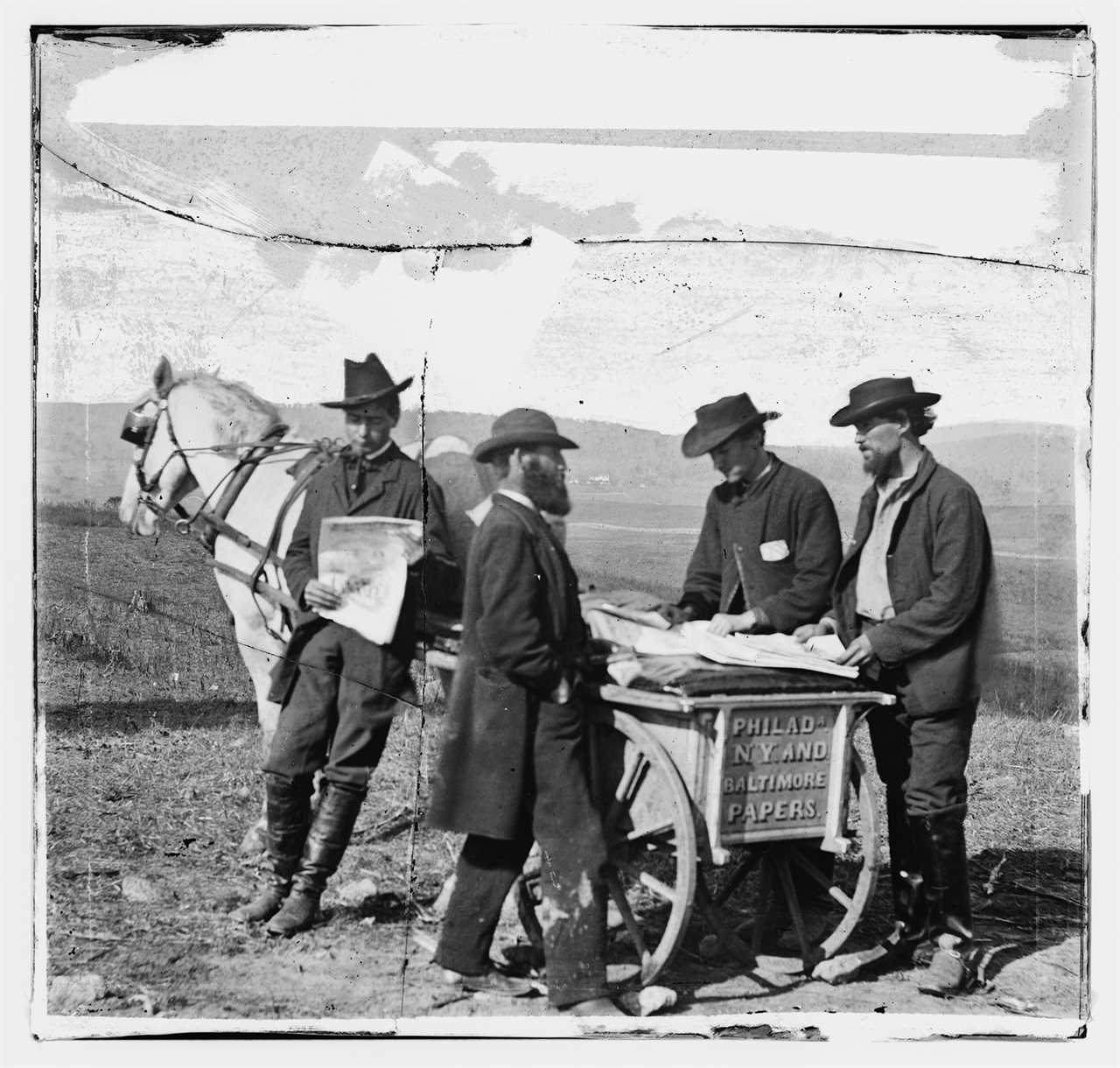
Those concerned that government support for the news media would violate the First Amendment might consider the views of one expert on the topic, James Madison.
In the early years of the republic, two camps had formed over the question of how much publishers should pay in postage to have their newspapers lugged around the country by horses. One group wanted publishers to pay some postage to partly cover the costs. Madison was more radical. He believed newspapers should be mailed for free. To charge anything would be a “tax on newspapers” — which, he wrote to Thomas Jefferson, would be “an insidious forerunner to something worse.”
Jefferson agreed.
It’s notable that even the voices that countered Madison and Jefferson (and ultimately prevailed) wanted a massive subsidy. Indeed, the postal subsidy played an important role in standing up our free press. Given the sudden interest in public policy to support community media — bills to help local news are popping up in both Congress and in state legislatures around the country — it’s worth revisiting and truly understanding the significant government intervention in newspapers that began in the founding era and continued until the mid-20th century.
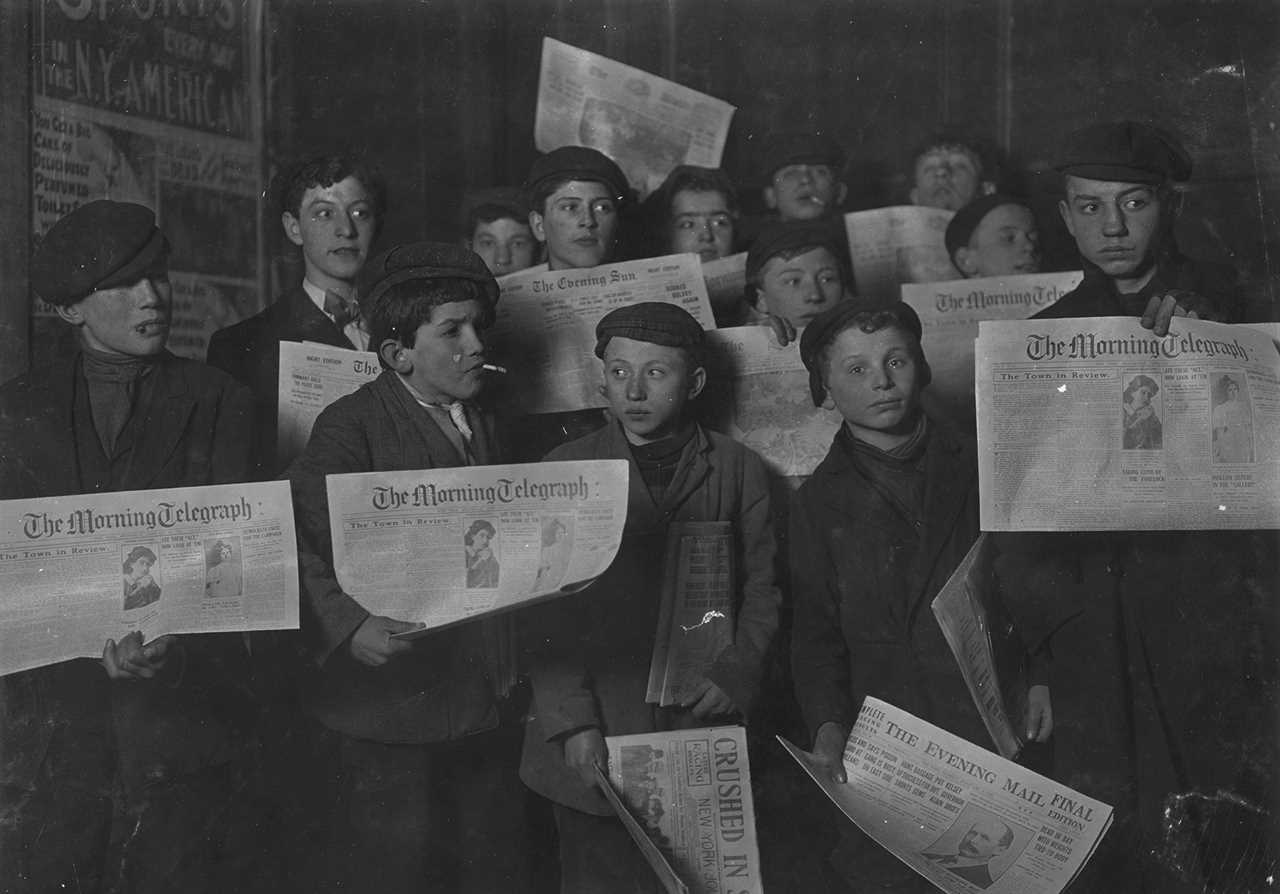
The nation’s founders worried how a representative government could work over such a big land mass. How would lawmakers truly understand public opinion? “The larger a country, the less easy for its real opinion to be ascertained, and the less difficult to be counterfeited,” Madison explained in a major newspaper of the time. “The more extensive a country, the more insignificant is each individual in his own eyes. This may be unfavorable to liberty.”
But Madison had a solution: “Whatever facilitates a general intercourse of sentiments, as good roads, domestic commerce, a free press, and particularly a circulation of newspapers through the entire body of the people, and Representatives going from, and returning among every part of them, is equivalent to a contraction of territorial limits, and is favorable to liberty.”

What’s more, this strategy helped with the other precondition for healthy democracy, a well-informed citizenry. George Washington said magazines and gazettes were “vehicles of knowledge more happily calculated than any other to preserve the liberty, stimulate the industry, and ameliorate the morals of a free and enlightened people.”
So in 1792, Congress passed the Post Office Act. Publishers would be charged 1 cent for most newspapers and 1.5 cents for those traveling more than 100 miles. This amounted to an enormous subsidy. Rates for regular letters ranged from 6 cents to 25 cents, depending on the distance. The postmaster in 1794 estimated that newspapers constituted 70 percent of the mail while kicking in about 4 percent of the revenue. Postage paid by publishers defrayed no more than 12-14 percent of costs, concluded Richard Kielbowicz in News in the Mail.","link":{"target":"NEW","attributes":[],"url":"https://www.amazon.com/News-Mail-Information-1700-1860s-Contributions/dp/0313266387","_id":"00000187-41af-dffe-a5cf-d1ffdc520000","_type":"33ac701a-72c1-316a-a3a5-13918cf384df"},"_id":"00000187-41af-dffe-a5cf-d1ffdc520001","_type":"02ec1f82-5e56-3b8c-af6e-6fc7c8772266"}">News in the Mail. Scholar Robert McChesney has estimated that “if the U.S. government subsidized journalism today at the same level of GDP that it did in the 1840s, the government would have to spend in the neighborhood of $30-$35 billion annually.” That’s about the size of NASA’s budget.
The newspaper-subsidy program worked. The number of publications increased from 200 in 1800 to 1,200 by 1830. The number of dailies grew from 24 in 1820 to 250 in 1850. Alexis de Tocqueville gushed: “It is in America that we find at the same time the greatest number of associations and of newspapers.” He was especially impressed with how the news media thrived even in far-flung areas, “an astonishing circulation of letters and newspapers among these savage woods.”

The key to making this policy work — logistically, constitutionally and politically — was its content-neutrality. Benjamin Franklin did not sit around in the Postmaster General’s Office deciding whether the New York Gazetteer was wittier than the Massachusetts Spy. All newspapers benefited.
But that’s not to say political factors didn’t shape policy. Urban and rural interests viewed the postal subsidy differently. It cost a New York City-based newspaper the same amount to ship to Missouri as to New Jersey, so residents away from the coasts feared that the morally dubious sin-city newspapers would infiltrate their towns.
“The poisoned sentiments of the cities,” warned Rep. Abraham Venable of Virginia, “concentrated in their papers, with all the aggravations of such a moral and political cesspool, will invade the simple, pure, conservative atmosphere of the country, and meeting with no antidote in a rural press, will contaminate and ultimately destroy that purity of sentiment and of purpose, which is the only true conservatism.” Another lawmaker said that this system would “annihilate at least one half of our village newspapers.”
But, notably, these skeptics did not urge curtailing the subsidy. Instead, the Jacksonian Democrats that represented more agrarian areas pushed for a second subsidy — giving an extra break to help sustain local publishers. In 1845, Congress agreed that newspapers would be free if they were delivered within 30 miles of the office of publication.
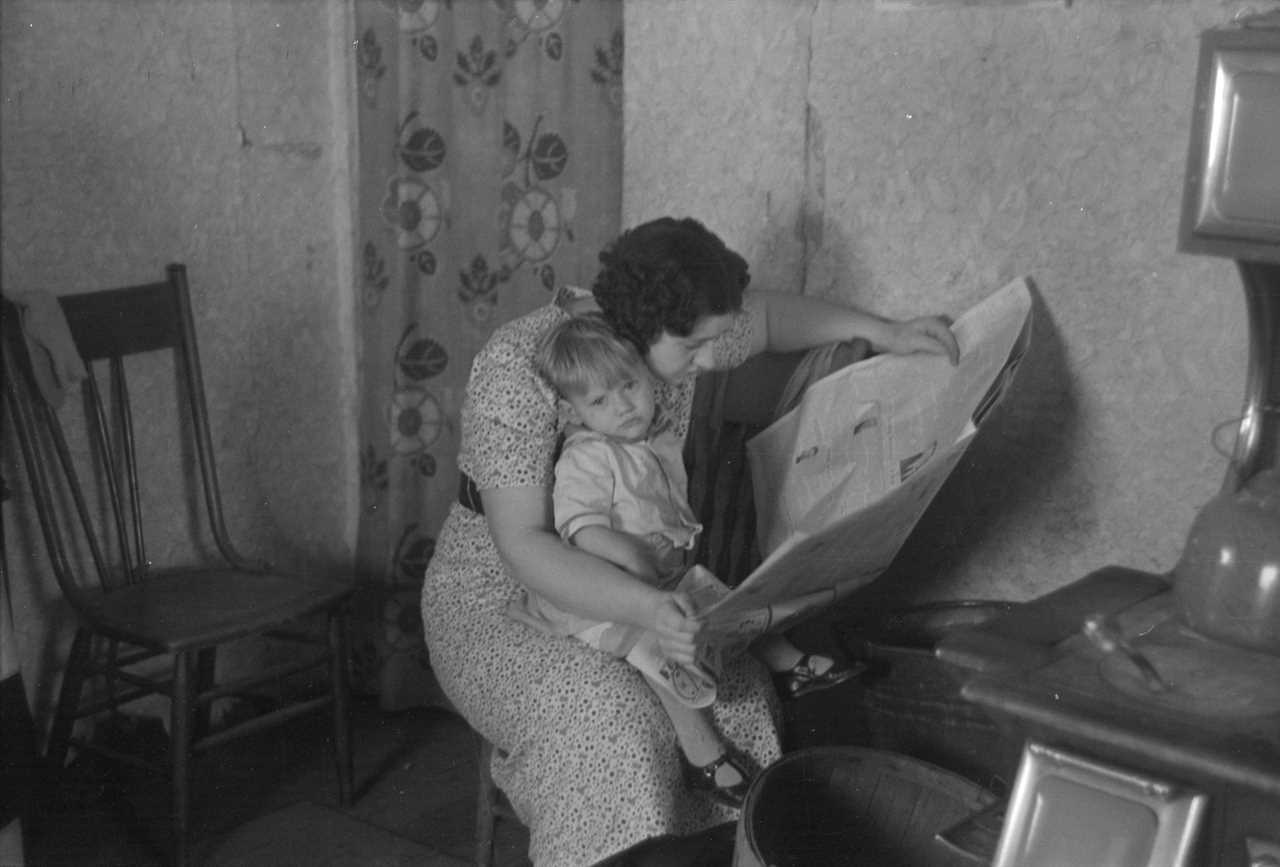
Congress was not done subsidizing the newspaper industry. Congress allowed newspapers to exchange papers with each other for free. That was a big deal since most newspapers devoted many column inches to stories clipped from others. It was their version of a wire service. Here, according to Kielbowciz, is how the people in Jefferson City, Missouri learned about the death of President William Henry Harrison in 1841: “A letter reporting Harrison’s death on April 4 was mailed to an editor in Cincinnati who informed a paper in Louisville, Kentucky. A copy of the Louisville paper was mailed to St. Louis. In return, the St. Louis press copied the stories. Extra were issued, some of which were sent to Jefferson City by steamer. The Jefferson Inquirer finally published the story on April 15 — eleven days after the event.”
The government was, in effect, lowering the cost of filling the newspapers with news. In 1812, frontier papers included seven times as much news borrowed from other papers as produced locally. Of 17,279 papers mailed from Philadelphia, 57 percent were going to other newspaper editors.
Finally, when the postal service in the 1830s established a system of express mail routes — including some support for the Pony Express — they made a point of saying “newspaper slips” — summaries of newspapers’ key stories — would ride for free. Yes, those Pony Express riders were laboring under an unfunded government mandate, requiring that some news get carried for free.

The subsidy did not fade away with the founders. In 1967, the Postal Service was still spending about $400 million a year, or about $3.5 billion of today’s dollars, to subsidize magazines and periodicals, estimated Professor Geoffrey Cowan of the University of Southern California. After that, the size declined in part because fewer newspapers relied on the mails but also because Congress decided that the Postal Service should break even, prompting a series of rate increases for periodical press.
This is not to say there should be a $40 billion postal subsidy. We mostly do not have our news mailed to us anymore (though it is insane to be raising postal rates on newspapers right now).
It might be tempting to think that since the founders were subsidizing the distribution of newspapers, we, too, should focus on the same issue, now that local media is suffering. To some extent we are: While Congress decided not to support local journalism at all in 2022, it did approve more than $100 billion in subsidies for broadband from 2020-2022.
But the problems facing the news media today are different than those faced in the early 1800s. Then, the issue was the cost of carrying a newspaper in dusty saddle bags from hither to yon. Now, the Internet has made the cost of distribution almost zero — while local news creation has collapsed. Some 1,800 communities have no local news source and thousands more have ghost newspapers. By one study, only 17 percent of the articles in local newspapers are about local issues. Now, those “savage woods” can get news from Kyiv but little information about who is running for the town council.
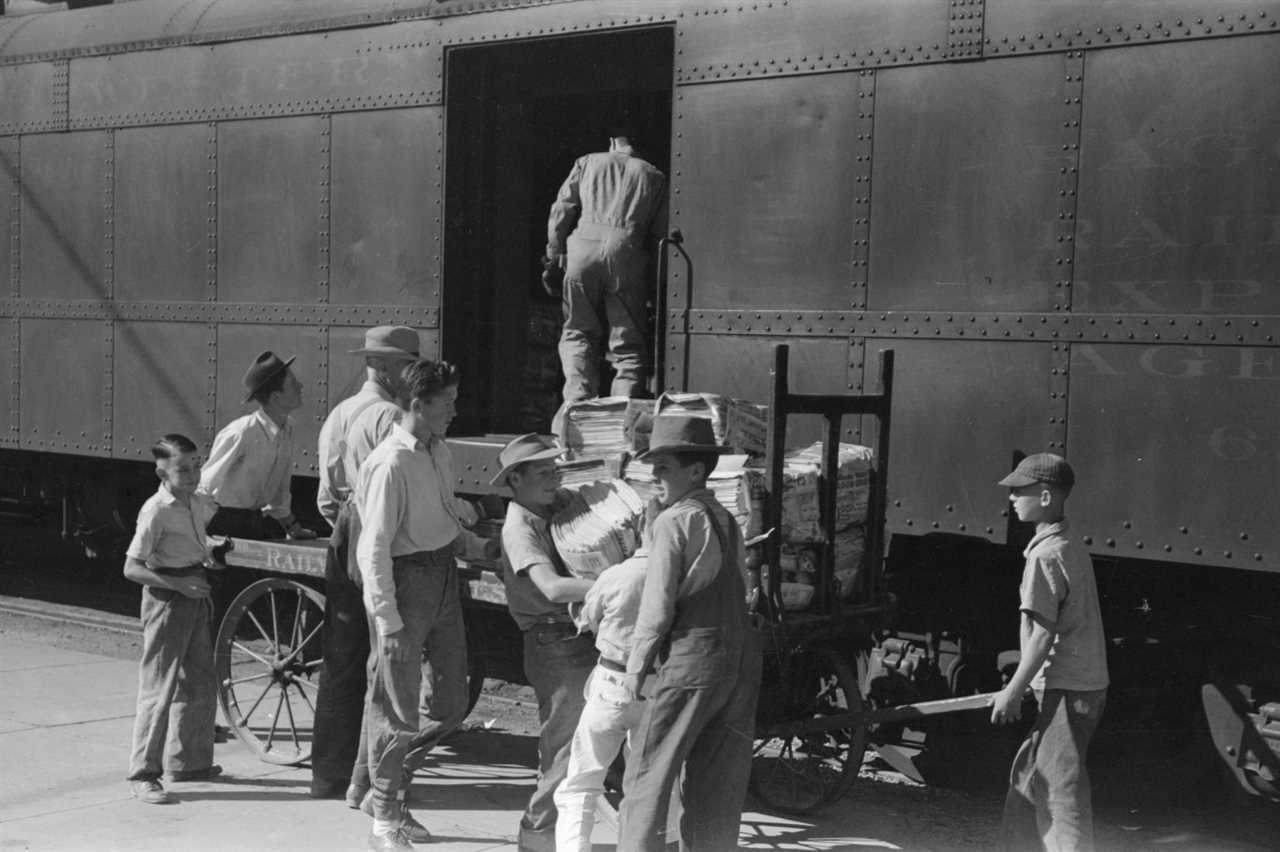
If modern policy makers want to follow the model of the founders they should focus not on the literal construct of the postal subsidy but rather its policy principles.
First, as noted, the policies were content neutral. The subsidy was based on distance traveled, not content. This meant that both parties benefited. It meant that sometimes scurrilous rags were helped; sometimes great local reporting benefited. Everyone tolerated the idea that some publications they disliked might survive because it also helped the ones they liked, and a vibrant free press as a whole.
Second, it provided a near universal entitlement. Small and large, rural and urban, publications both benefited to some degree.

Third, it was future friendly. It did not target only publications that existed before a certain date. If new newspapers arose, they got benefits, too. So it supported innovation and not just legacy players.
Fourth, the strategy constituted a political compromise. Although the subsidies were content neutral, each policy did have biases. The low flat rate fee favored city newspapers; the exemption for circulation near the home office benefited smaller towns. So they did both, drawing broad political support. The payroll tax credit that passed the House of Representatives last year had a similar balance: It would have helped cover the costs of local reporters at both Fox and NPR affiliates.
What modern policies related to local news most closely embody these characteristics? One is the Local Journalism Sustainability Act. It provides a tax credit to consumers to subscribe or donate to a local newsroom; a tax credit to small businesses that advertise; and a tax credit for newsrooms to hire or retain local reporters. But at least 12 states are now considering various ideas, most adhering to the basic principles of the postal subsidy: content-neutral, universal and future friendly.
There are likely other policies that can meet the founders’ tests. But it’s important to remember that while they felt strongly that the government should not help the Federalists over the Jeffersonians, or vice versa, they also believed that a healthy press was so important that it shouldn’t necessarily be left entirely to the free market.
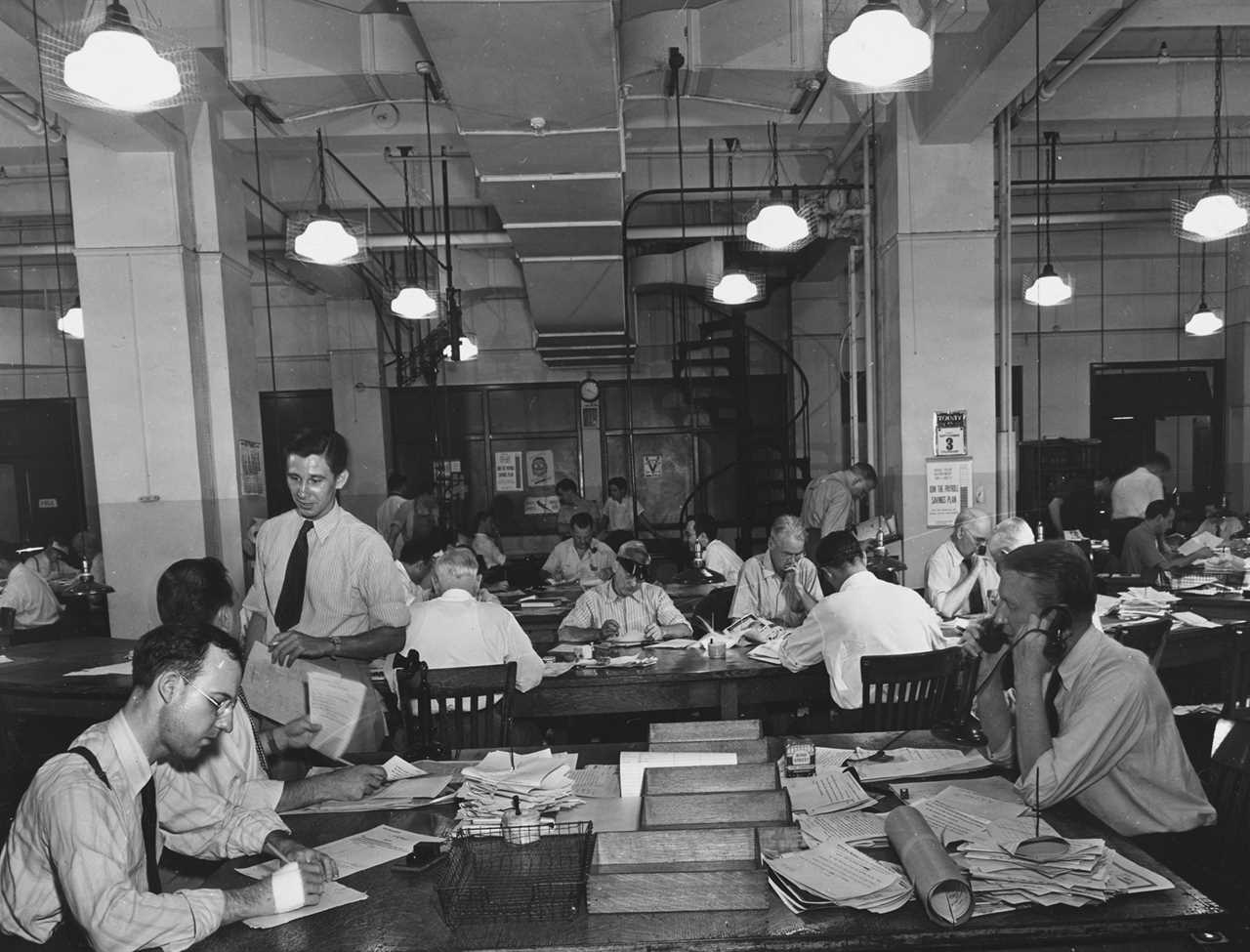
And right now we have rampant market failure in the local news system. Newsrooms staff has dropped by 57 percent in less than two decades. On average, two newspapers are closing each week. As one tiny example, in Val Verde County in Texas, its sole newspaper, The Del Rio News-Herald, shuttered in November 2020, leaving a population of over 47,000 people without a reliable source of local news — and they’re not alone. According to The State of Local News 2022 Report, 70 million people live in more than 200 counties without a newspaper.
Even in areas that do have media, the coverage has gotten much weaker. Josh Benton of Nieman Reports described how the paper in his hometown of Lafayette, Louisiana (population 121,000), has gone from 17 newsroom staff to one local reporter. And of course the constituents of Rep. George Santos can testify that breakdown of democracy in their case didn’t come from voter suppression, gerrymandering or dark money but something more elemental: a total failure of the local news ecosystem to provide critical information about the candidates.
The founders certainly believed that government should not be allowed to restrain or censor. But they also believed that government had an affirmative obligation to ensure not only that the press was unconstrained but also that it was vibrant.
----------------------------------------
By: Steven Waldman
Title: When James Madison Decided to Subsidize the News
Sourced From: www.politico.com/news/magazine/2023/04/02/james-madison-subsidize-the-news-00090023
Published Date: Sun, 02 Apr 2023 06:00:00 EST






